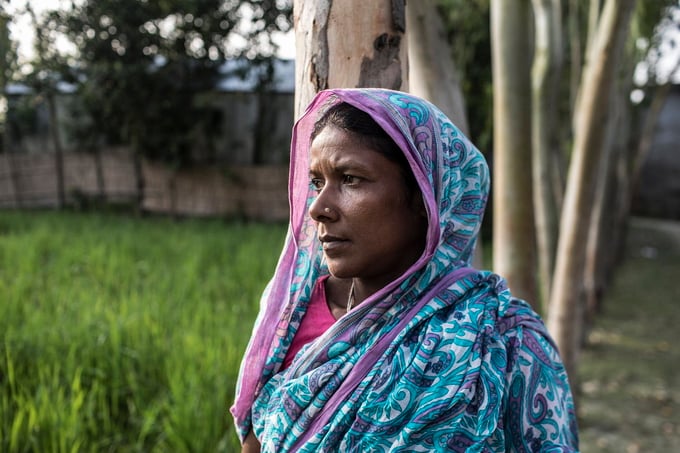November 19, 2025 | 14:00 GMT +7
November 19, 2025 | 14:00 GMT +7
Hotline: 0913.378.918
November 19, 2025 | 14:00 GMT +7
Hotline: 0913.378.918

The Asia and Pacific region accounts for half of the world’s severe food insecurity, with more women than men being food insecure.
The convergence of higher food, feed and fuel prices, and a slow recovery from the global pandemic, has done serious harm to the health and livelihoods of millions of already vulnerable people in the Asia-Pacific region, a new report by the Food and Agriculture Organization of the United Nations (FAO) has revealed.
During the COVID-19 pandemic and the “5Fs” crisis – Food, Feed, Fuel, Fertilizers and Finance – the region witnessed harrowing statistics, yet even now the region is still suffering from their protracted effects. The latest statistics indicate that the region, with 370.7 million undernourished people, continues to represent half of the global total. Similarly, the Asia and Pacific region accounts for half of the world’s severe food insecurity, with more women than men being food insecure. Indeed, rates of anaemia among women of reproductive age, are still off track in terms of World Health Assembly global nutrition targets. So too are prevalence rates on stunting, wasting and overweight among children under 5 years of age.
The new report, Asia and the Pacific Regional Overview of Food Security and Nutrition 2023 – Statistics and Trends, finds that these problems are compounded by the rising cost of a healthy diet, which, according to FAO and UN latest available statistics, rose on average 5.3 percent in purchasing power parity (PPP. It was estimated that 232.8 million people in the region could not afford the cost of a healthy diet.
While the figures of undernourishment vary from country to country in this region, Southern Asia, in particular, has the highest prevalence of undernourishment at 15.6 percent (313.6 million), while more than 809 million are either moderately or severely food insecure in that subregion. This accounts for some 85 percent of the total of undernourished across Asia-Pacific. However, in the South-West Pacific Islands, the per-capita situation is even worse, estimated at 20.9 percent, or one in five inhabitants undernourished.
With the exception of Eastern Asia, women tend to fare worse than men as regards undernutrition, with nearly one-in-ten dealing with severe food insecurity, while nearly one-in-four women deemed to be at least moderately food insecure.
In summary, while the overall numbers are slightly better than the pandemic years, they still indicate that these regions are far off track to meet the Sustainable Development Goal of eliminating hunger by 2030 (SDG2).
“This report is by no means exhaustive. However, the facts presented serve as food for thought. At the same time, they will not put meals on the table of the many food-insecure and nutritionally vulnerable people living in this part of the world,” said Jong-Jin Kim, Assistant Director-General and FAO Regional Representative for Asia and the Pacific.
“Clearly, there is an urgent call for whole-of-government, well-coordinated and integrated actions and investments towards agrifood systems transformation if we are to turn the tide and put the countries back on track to meeting the 2030 Agenda for Sustainable Development Goals,” Kim said.
(FAO.org)

(VAN) Flagship partnership secures additional GBP 16.9 million to strengthen forest monitoring, transparency and country support to 2030.

(VAN) After a turbulent year for international development, the aid and assistance landscape has shifted, with donors rethinking how, where and why they support sustainable development.

(VAN) A new tool for measuring the economic value of farm animal welfare improvements has been developed, potentially transforming how consumers, retailers and the government evaluate animal welfare policies.

(VAN) The Amazon rainforest could face a renewed surge of deforestation as efforts grow to overturn a long-standing ban that has protected it.

(VAN) Conflict and violence are driving extreme hunger in six major crises.

(VAN) European Union member states are seeking to postpone the implementation of the bloc's anti-deforestation law by another year, an EU negotiating draft dated November 10 shows.

(VAN) Nearly 30 new avian influenza outbreaks have recently been reported in Germany, both on commercial poultry farms and in backyard flocks.